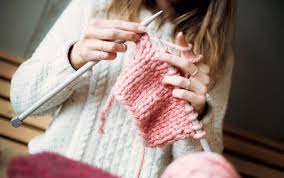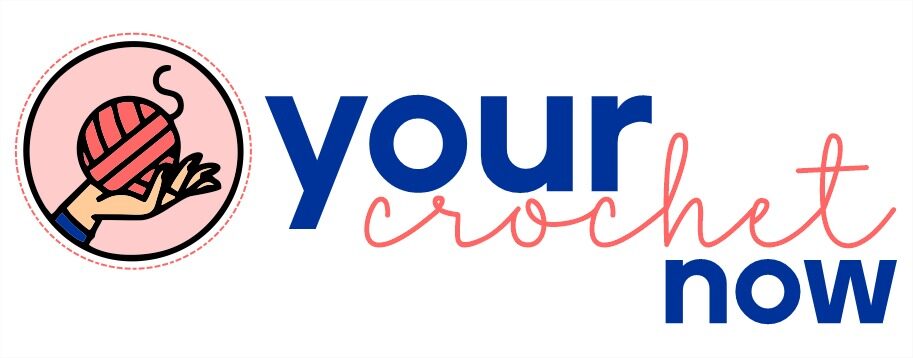Advertising
Knitting: Mastering Tools, Basic Stitches, and Techniques the perfect ingredients for knitting.
A timeless craft that combines creativity and relaxation, has captivated enthusiasts for generations.
Whether you’re a novice or an experienced crafter, learning the fundamentals of knitting is essential.
In this comprehensive guide, we will explore the tools, basic stitches, and techniques required to embark on your knitting journey.
Materials for Learning Knitting: Tools, Stitches, and Basic Techniques
Before diving into the world of knitting, it’s essential to gather the necessary materials.
The beauty of knitting lies in its simplicity, and all you need are a few basic tools:

Yarn:
Choose a medium-weight yarn for beginners. It’s easier to work with and provides a good balance between thickness and manageability.
Opt for a light color to better see your stitches.
Needles:
Start with a pair of medium-sized, straight needles. Size 8 or 9 is recommended for beginners.
As you progress, explore different needle types such as circular or double-pointed needles for more advanced projects.
Scissors:
A pair of sharp scissors for cutting yarn.
Tapestry Needle:
A large-eyed needle for weaving in loose ends and finishing your projects.
Measuring Tape:
Useful for checking your gauge and measuring the length of your work.
Stitch Markers:
Markers help identify specific points in your project, such as the beginning of a round or a specific stitch.
Pattern:
Choose a simple knitting pattern to get started.
Many online platforms and books offer free beginner-friendly patterns.
PATTERN HERE: Fish Scale Knit Stitch Pattern
Step-by-Step Guide to Basic Knitting Stitches:
Now that you have your tools ready, let’s dive into the step-by-step process of creating basic knitting stitches.
Advertising
